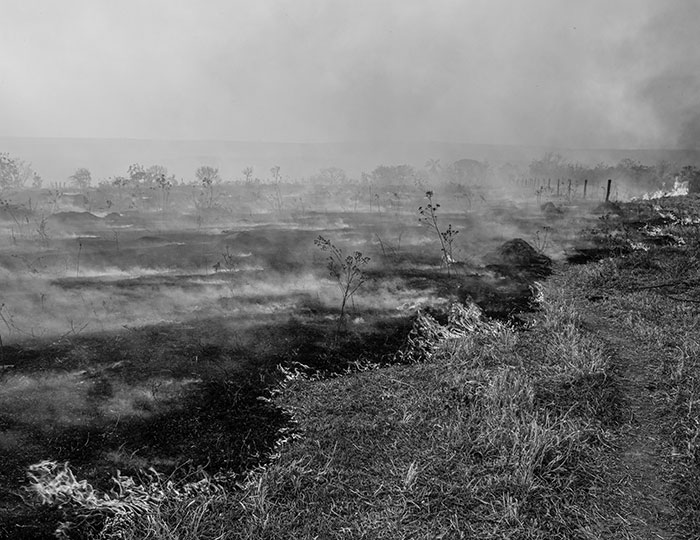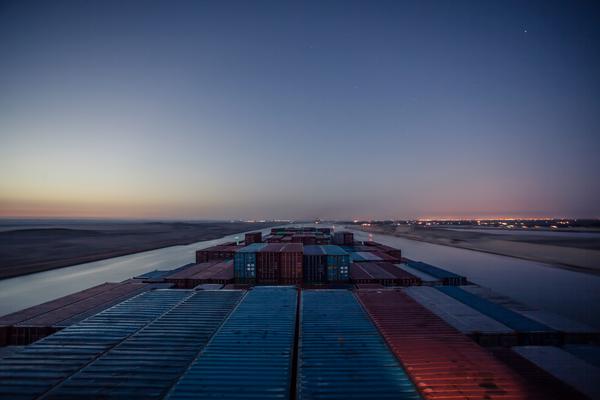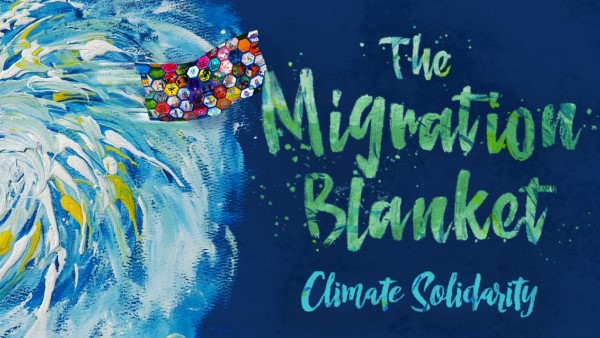The pandemic has exacerbated food insecurity worldwide, and has disrupted access, availability and production within the global food system. Victoria Parsons FRSA explores how food insecurity and climate change are inextricably intertwined.
Global food security has many positive effects, such as poverty reduction, economic growth, trade opportunities, and increased global stability. Yet, in 2019, over 26% of the world population faced moderate or severe food insecurity, equating to 2 billion people. The United Nations has made ‘Zero Hunger’ a global priority as a Sustainable Development Goal (SDG).

Climate change has threatened the global food system across developed and emerging nations and has harmed the global food system by damaging crops, spreading insect-borne and water-borne diseases, compromising infrastructure, and causing saltwater intrusion into freshwater. According to NASA, global temperatures are increasing, sea levels are rising, droughts are intensifying, and hurricanes are becoming stronger.
The World Economic Forum (WEF) indicates that 2020 was one of the hottest years on record. In the western US, wildfires and droughts are prevalent; in the northern US, climate change impacts have been heat waves, heavy rain, and rising sea levels. Natural disasters, such as hurricanes, tropical storms and floods, have occurred in the southern US, while Canada has faced warmer climates, ocean acidification, and coastal flooding. In Asia, there have been typhoons, and in Australia, bushfires. Locust attacks are prevalent in East Africa and South Asia. In the Middle East and North Africa (MENA), climate change has resulted in heat waves and water scarcity. Heat waves and forest fires are contributing to deforestation in Latin America. Volcanic eruptions have recently impacted the Caribbean, displacing 20,000 people in Saint Vincent, with ash spreading in the Grenadines and Barbados. These natural hazards have increased food and water insecurity, and have hindered access to sanitation and hygiene.
The world’s top countries for food security are in Europe: Finland, Ireland, the Netherlands, Austria and the Czech Republic. However, the pandemic caused 13.5 million households in Europe to become food insecure. The Food and Agricultural Organization (FAO) indicates that prior to the pandemic in 2019, 690 million people globally were undernourished. FAO also mentions that up to 132 million people in 2020 could have been food insecure, due to economic recession from the pandemic. Food insecurity disproportionately impacts women and children. According to UNICEF, more than 53% of severe food insecure people globally live in Asia and the Pacific, which have the largest rates of food insecurity in the world. Around 945 million people in Asia and the Pacific, along with 692 million people in Southern Asia are moderately or severely food insecure. These estimates were made prior to the pandemic, and could have increased since then.
Africa also has high rates of food insecurity, and contains the highest rates of undernourishment, at nearly 20%. Due to the pandemic, there are 105 million adults suffering from moderate or severe food insecurity in sub-Saharan Africa, specifically Uganda, Nigeria, Malawi, Ethiopia, and Burkina Faso. In Horn East and Central Africa, over 54 million people need food assistance; the La Niña climate pattern is expected to cause more severe droughts and damaged crops, thereby increasing food insecurity. Farmers comprise 80% of the region, and have had their crops destroyed by locusts, decreasing agricultural production and economic prosperity.
In the US, the pandemic has elevated racial disparities and food insecurity for low-income, Black, and Hispanic households. Recent research found that 39% and 37% of Black and Hispanic households with children, respectively, are food insecure, compared with 22% of White households. In Canada, one in eight households are food insecure. In Mexico, more than 10% of the population are food insecure. Between 25% and 35% of the population are food insecure in some of the poorest Mexican states. In Latin America and the Caribbean, the pandemic could have caused 13.7 million people to be severely food insecure in 2020, up from 3.4 million in 2019.
It is integral to amplify the linkage between global food insecurity and climate change. The Covid-19 pandemic has elevated the need for cross-sector collaboration to address food insecurity through an environmentally and socially responsible framework. Sustainable, measurable goals should be implemented to strengthen global food system resiliency and improve food security around the world.
Victoria Parsons is a Founding Partner of Palm Global Consulting, a boutique global strategic advisory firm based in Miami and Palm Beach, US.
Twitter @vpthexplorer
Instagram @palmglobalconsulting
Related articles
-
All we are saying is give degrowth a chance
Comment
Chris Oestereich Sam Bliss
A decade ago, a container shipping worker had an epiphany, and it caused him to question the very basis of his business. Sam Bliss and Chris Oestereich take up the story.
-
Film screening of 'The Migration Blanket - Climate Solidarity' at RSA House
Fellowship news
On Wednesday 13 July, artist and activist Salma Zulfiqar FRSA invites you to a free film screening and Q&A of 'The Migration Blanket - Climate Solidarity', showing artworks of women on the frontline of the climate crisis.
-
Leadership towards regenerative lifestyles
Comment
Terence Sexton
Leadership psychologist Terence Sexton FRSA says we urgently need a shift to ‘consciousness leadership’ from those who shape our society. Are we ready to make that shift?




Join the discussion
Comments
Please login to post a comment or reply
Don't have an account? Click here to register.
Good to make the connection between food (in)security and climate change - not enough people are. Hopefully the UN Summits this autumn will get into the specifics. Two dimensions of the connection need to be elaborated: 1. Timeframes: we have a habit of short termism - focusing on crisis, emergency, relief of acute symptoms rather than addressing chronic causes. We need to take adaptation AND mitigation actions NOW to preempt worse food insecurity in the future. Short term provisioning responses to food insecurity do not offer long term solutions - those must address climate change. 2. Differentiate Fact and Response: Victoria gives good examples of climate change facts that threaten food security; but socio-economic responses to those facts are currently as problematic as the facts themselves. We must act mindful of the consequences of our actions as well as of the stimulus (in this case climate change) to which we respond. Amartya Sen's seminal work on famines demonstrated that societal conditions and economic failures cause more hunger than food shortages themselves. Ethipia was exporting grain in 1984!